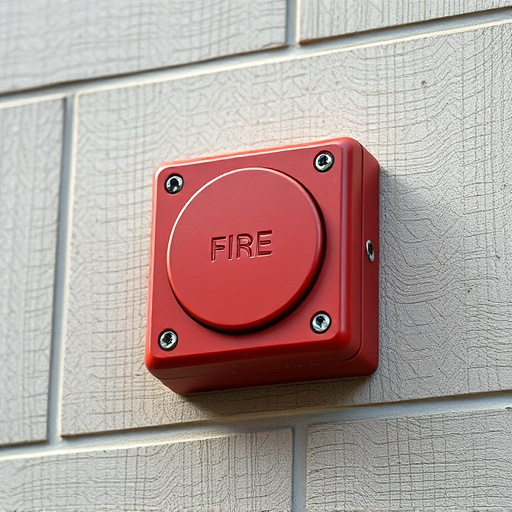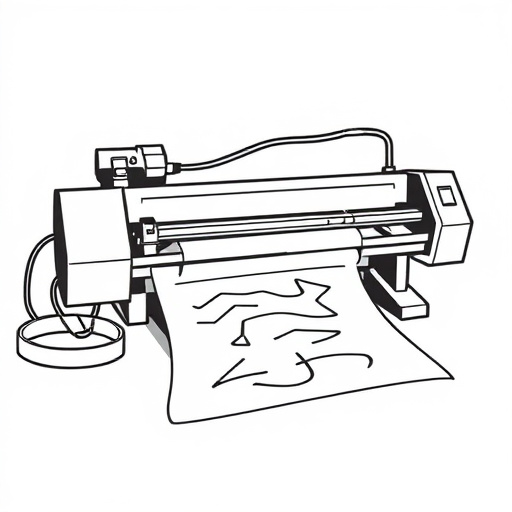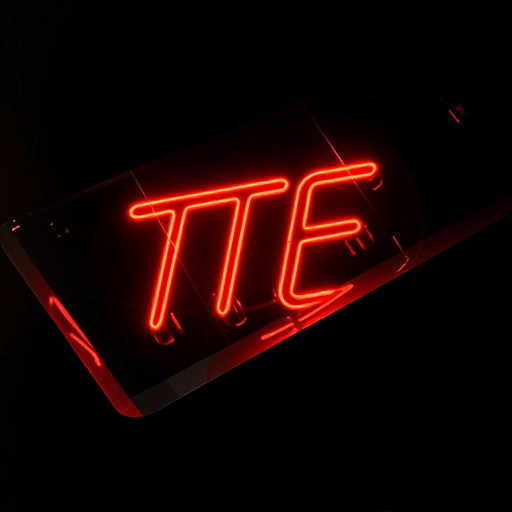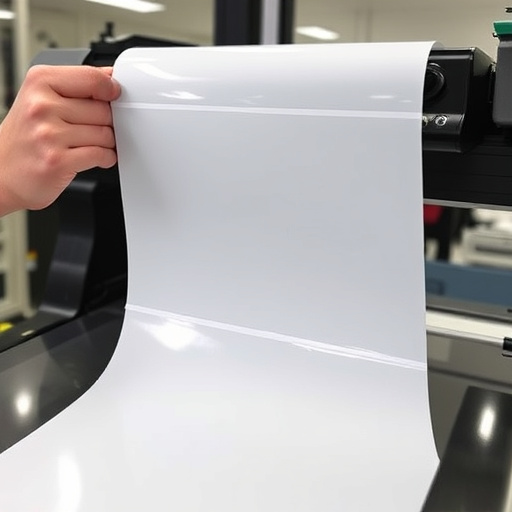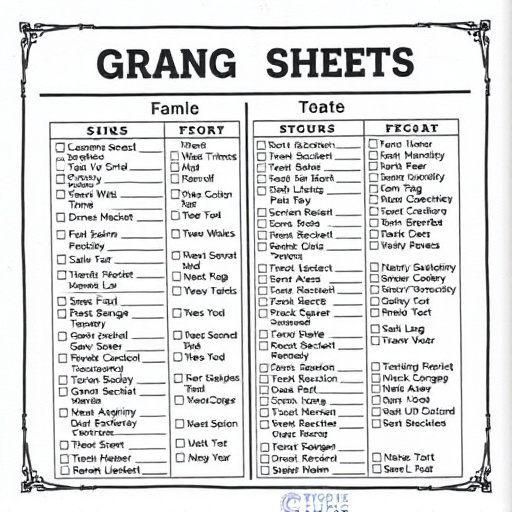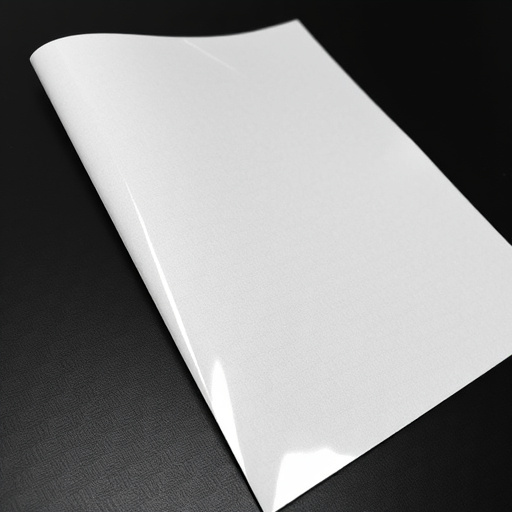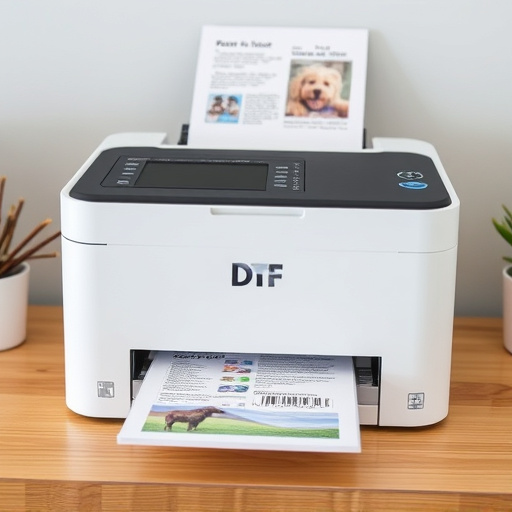Choosing the right fabric for DTF T Shirt Printing is vital for high-quality results. Factors like surface smoothness, porosity, and flexibility impact ink adhesion and print consistency. Cotton offers breathability, polyester blends are durable, and performance fabrics suit activewear. Understanding fabric types ensures comfortable, long-lasting prints tailored to various needs.
“Unleash your creativity with DTF (Direct to Fabric) T-shirt printing, a game-changer in the customization world. This article guides you through the art of selecting the perfect fabric for your DTF projects. From understanding fabric compatibility with DTF printing methods to exploring popular choices like cotton, poly-cotton blends, and more, we’ll equip you with knowledge. Discover key factors to consider, ensuring optimal print quality and customer satisfaction. Elevate your DTF T-shirt printing experience with the right fabric selection.”
- Understanding DTF Printing and Fabric Compatibility
- Key Factors to Consider When Choosing Fabrics
- Popular Fabric Options for DTF T-Shirt Printing and Their Uses
Understanding DTF Printing and Fabric Compatibility
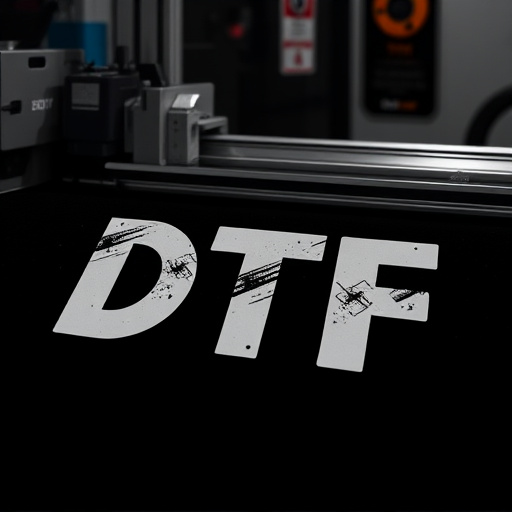
Understanding DTF Printing and Fabric Compatibility
DTF (Direct to Fabric) printing is a cutting-edge technique that allows for precise, high-quality designs on various materials, especially T-shirts. Unlike traditional methods, DTF printing directly applies ink onto the fabric surface, resulting in vibrant colors and crisp details. However, achieving optimal results depends heavily on fabric compatibility. The right fabric should offer a smooth surface for ink adhesion, suitable porosity to absorb ink effectively, and enough flexibility to withstand wear and tear.
When considering fabrics for DTF T-shirt printing, cotton remains a popular choice due to its breathability and softness. However, polyester blends are also gaining traction because of their durability and ability to maintain print quality over time. For applications like hoodies, fabric composition becomes even more critical, as the added layers and materials can affect ink absorption and overall print consistency. Therefore, understanding the fabric types and their compatibility with DTF printing is key to producing DTF t-shirts or hoodies that meet high-quality standards.
Key Factors to Consider When Choosing Fabrics
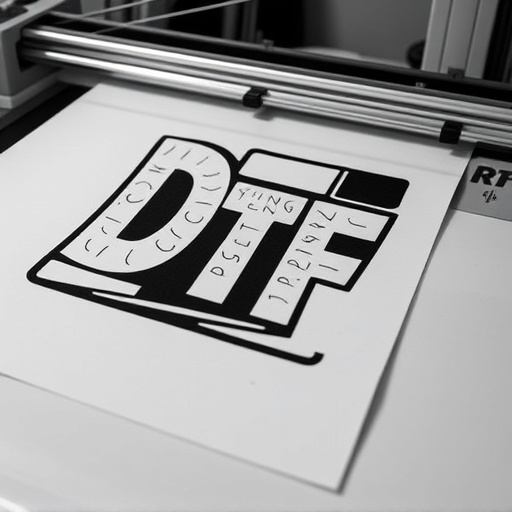
When selecting fabrics for DTF (Direct to Fabric) T-shirt printing, several key factors come into play. Firstly, consider the type of fabric and its composition. Different fabrics have varying properties; cotton, for instance, is absorbent and soft but may require specialized ink types for optimal print quality. Polyester, on the other hand, offers a smoother surface and is more resistant to fading, making it suitable for vibrant, long-lasting designs. The intended use of the final product also matters; if it’s a high-performance garment, consider technical fabrics designed for activity and durability.
Additionally, think about the desired feel and drape of the custom t shirts or custom sheets for heat pressing designs onto garments. Will the fabric be comfortable against the skin? Should it have a particular weight or thickness? Custom DTF transfers allow for endless design possibilities, so exploring different fabrics can enhance the overall customer experience and ensure the final product meets expectations.
Popular Fabric Options for DTF T-Shirt Printing and Their Uses
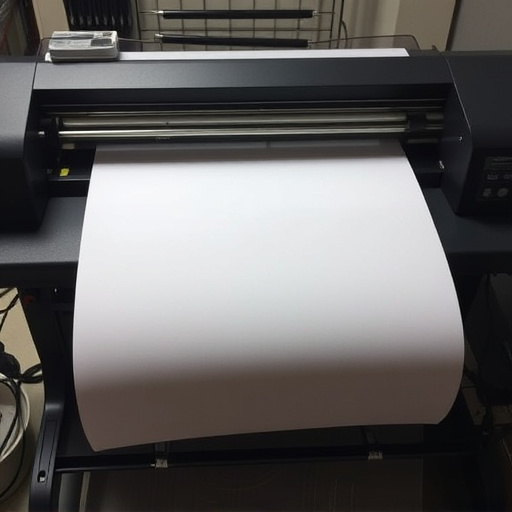
When it comes to DTF T Shirt Printing, the choice of fabric is a key consideration as it directly impacts the final product’s quality and durability. Popular options include cotton, poly-cotton blends, and performance fabrics like polyester and nylon. Cotton is a classic favorite for its breathability and soft feel, making it ideal for everyday wear custom t shirts. Poly-cotton blends offer a balance between comfort and ease of printing, while performance fabrics are perfect for activewear or outdoor events.
For high-quality designs with vibrant colors, DTF heat transfer paper and transfer sheets work seamlessly on various fabrics. These innovative materials allow for detailed and precise prints, ensuring the artwork on custom t shirts is not only visually stunning but also long-lasting. Whether it’s for fashion, promotion, or personal expression, understanding these fabric options empowers printers and designers to make informed choices, ultimately delivering exceptional DTF T Shirt Printing results.
When selecting fabric for DTF T-shirt printing, understanding compatibility with your chosen printing method is key. By considering factors like material type, weight, and color absorbency, you can ensure vibrant, long-lasting prints that meet your design requirements. Popular options like cotton, poly-cotton blends, and performance fabrics each offer unique benefits, allowing you to create high-quality DTF T-shirts tailored to specific uses and target audiences.

